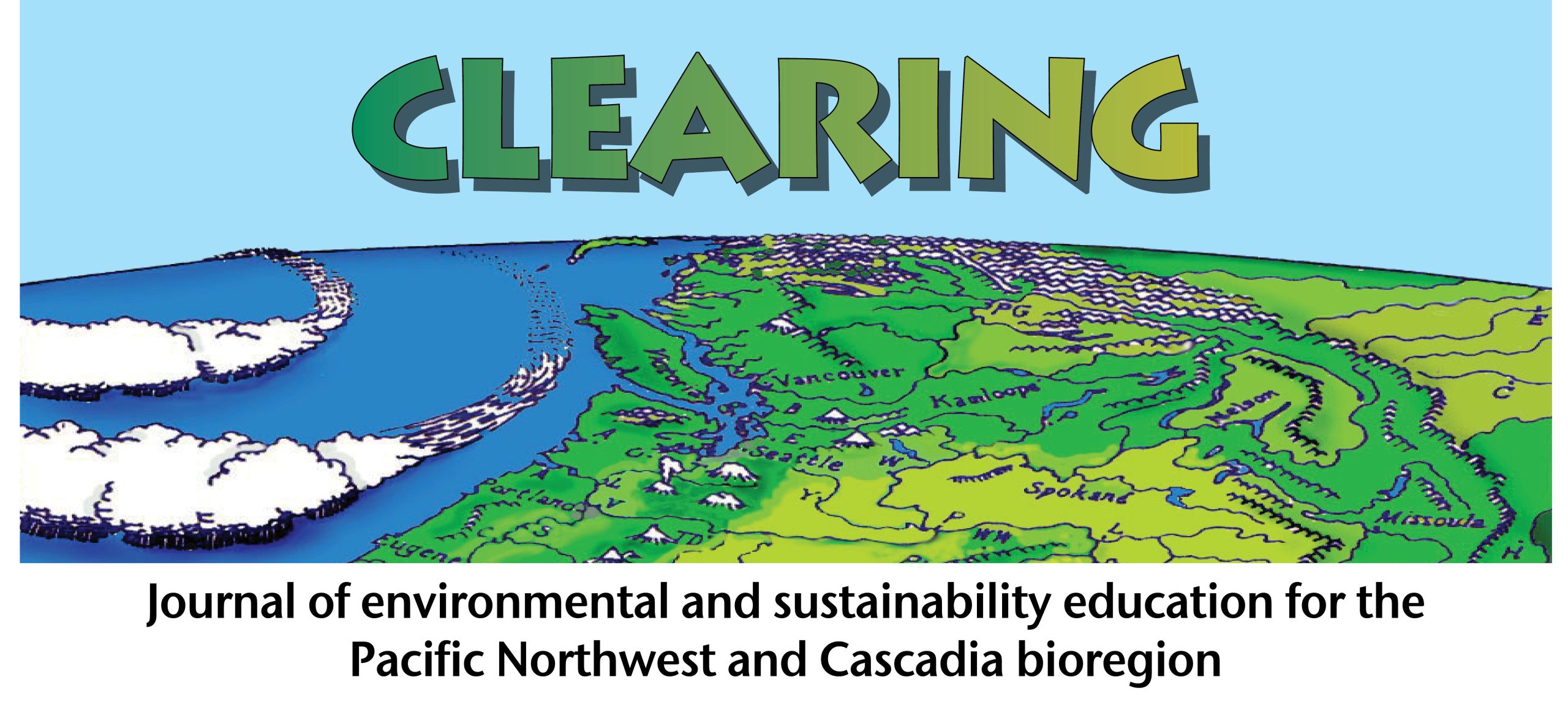AGES: 13 –18+ years old
CONTRIBUTED BY
Center for Cities + Schools University of California, Berkeley
y-plan.berkeley.edu
What does resilience mean to you? Psychologists, ecologists, and economists, cities, schools and businesses, and individuals all over the world have developed their own definitions. Increasingly, these once disparate uses of resilience are converging into a cohesive system; ultimately shaping the society our children will inherit. This lesson allows adults to work toward a new, comprehensive understanding of the term resilience for and with young people.
MATERIALS
• Pen, paper, and clipboard for each student
DIRECTIONS
Take students on a tour through the school and its grounds. As you walk, ask them to list evidence of “resilience” or lack of resilience. This evidence could be about the physical space, the school community, or even themselves.
Sample prompts for students include:
Physical
“Are there recent improvements to buildings or grounds that you see? Are there murals or student work in the halls? Things that used to be broken? Things that have been broken for too long?”
Social
“Whether and how do clubs or groups at your school support students or overcome issues at the school? Does Student Council improve the school? If so, how? What sports teams or clubs create a supportive environment for members?”
Personal
“Does walking through the lunch room or a particular spot on the yard remind you of a time you or a peer were able to overcome a bully? Does walking past an old classroom remind you of failing a test? Did you improve your grades? Do you have friends at school who support you?”
End your tour outside the school, and discuss what students have noted as physical, social, and personal resilience. Are there particular spaces that they see as more or less resilient, or make them feel personally more or less resilient? Now focus on the outdoor space. Let students go to their favorite part of the grounds. While they are there, they should list evidence of resilience and lack of resilience. Is the grass beaten back into a natural trail? Are tree roots breaking a concrete path? What plants, animals, or insects are here, and how well are they thriving? Is a creek allowed to run through the property or is it underground? What evidence of resilience do you see in the natural world around you? What impact are people having on it? Note examples of both resilience and things that are not resilient.
Bring students back together. Ask if they think their school is resilient? How could it be more resilient? Allow time for a discussion. Finish by asking each student to write a working definition of resilience that includes the factors they saw today.
